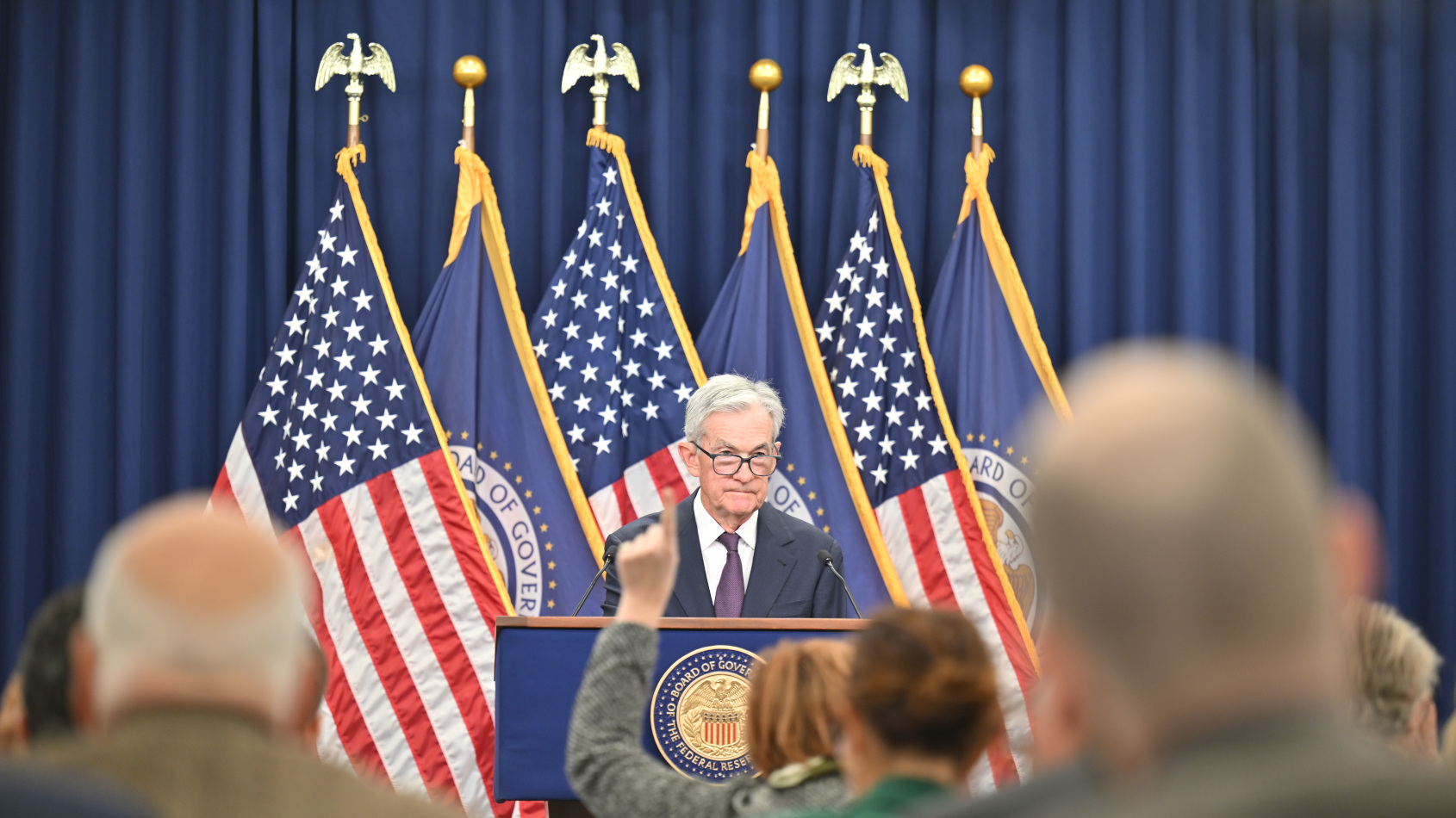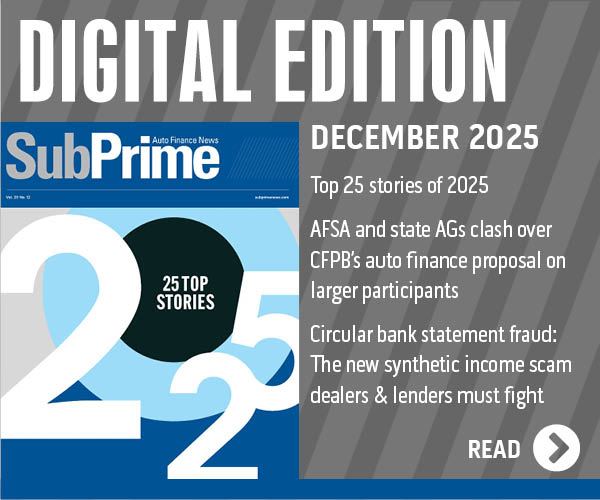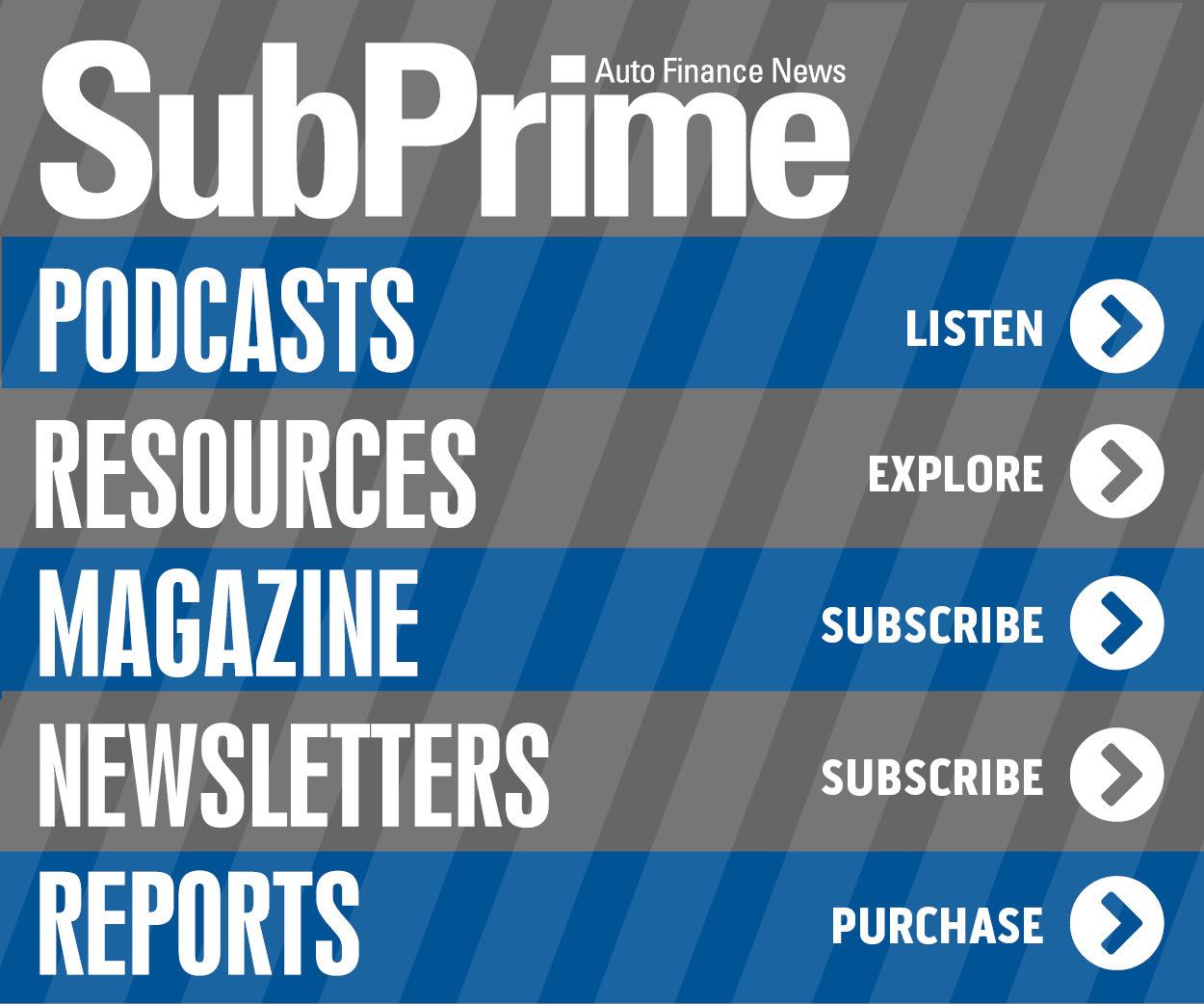Implications for auto finance as Fed ‘is in a pickle’

Federal Reserve chair Jerome Powell answers questions on Wednesday in Washington, D.C. Image courtesy of the Fed.
By subscribing, you agree to receive communications from Auto Remarketing and our partners in accordance with our Privacy Policy. We may share your information with select partners and sponsors who may contact you about their products and services. You may unsubscribe at any time.
The Federal Reserve “is in a pickle.”
That’s the summation from Comerica Bank after the Federal Open Market Committee cut the federal funds target rate a quarter percent to a range of 4.00% to 4.25% on Wednesday.
The move by policymakers came in the same month that rates for auto financing are on the rise. But Cox Automotive chief economist Jonathan Smoke acknowledged those upward movements “are a bit misleading.”
In a blog post after the Fed’s announcement, Smoke shared Cox Automotive data that showed the average rate for new-car financing booked so far this month has increased by 34 basis points to 9.43%, which is up 75 basis points year to date but down 14 basis points year-over-year.
Smoke noted the average rate for used-vehicle financing originated so far this month has risen by 22 basis points to 14.15%. That’s up 70 basis points year to date and 18 basis points year-over-year.
“The September moves — both higher — are a bit misleading, though, as what is driving the new-market rates higher is a decline in financing incentives, which is a function of tighter new-vehicle supply,” Smoke wrote.
Subscribe to Auto Remarketing to stay informed and stay ahead.
By subscribing, you agree to receive communications from Auto Remarketing and our partners in accordance with our Privacy Policy. We may share your information with select partners and sponsors who may contact you about their products and services. You may unsubscribe at any time.
“In the used-vehicle market, the higher rates are due to a small move higher only in subprime rates, combined with volume growth in subprime loans,” Smoke added.
So, if we’ve now clarified what’s currently happening in auto financing, what about that “pickle” the Fed faces? Comerica Bank chief economist Bill Adams and senior economist Waran Bhahirethan explained their analogy in a commentary also released on Wednesday.
“The Fed is in a pickle, with inflation pulling them one way and a softening job market pulling the other,” Adams and Bhahirethan wrote. “Ordinarily the Fed reins in plans to cut rates when the economy looks like it will run hotter than they have been expecting, especially if inflation is above their target and rising like it is today. They are doing the opposite now because recent jobs data show the labor market has weakened considerably in 2025.”
Adams and Bhahirethan pointed out the Preliminary Benchmark Revision to payroll employment lowered average monthly job growth in the year to date to 44,000 from 75,000 previously; payrolls have averaged just a 29,000 monthly increase in the last three months. They also mentioned the unemployment rate has edged up a tenth of a percent over the last year but would have increased more if not for weak growth of the population and labor force.
The Comerica Bank experts added the Congressional Budget Office estimates that population growth slowed from 0.9% in 2024 to 0.2% in 2025.
“The job market has lost momentum, and the Fed wants to reverse that trend before it gets worse,” Adams and Bhahirethan wrote.
So, is the Fed prepared to make such moves?
“With today’s decision, we remain well positioned to respond in a timely way to potential economic developments. We will continue to determine the appropriate stance of monetary policy based on the incoming data, the evolving outlook, and the balance of risks,” chair Jerome Powell said after the FOMC’s decision was revealed.
Comerica Bank is projecting that the Fed will cut the federal funds target rate a quarter percentage point in October and December. Adams and Bhahirethan then see Fed holding interest rates steady until June.
Adams and Bhahirethan also touched on the potentially murky future of the Fed itself since Powell’s term as chair expires on May 15.
“Powell was tight-lipped at the post-meeting press conference about his plans after his term expires; separate from his appointment as chair, his appointment as a governor of the Federal Reserve Board is through January 2028. Either way, the tone at the Federal Reserve could be very different depending on who is appointed as the next chair,” Adams and Bhahirethan wrote.
No matter what may or may not happen at the Federal Reserve, Smoke reiterated what he believes is the most important component of auto financing, using policymakers’ data to back his assertion.
“Today’s updated dot plot suggests that Fed officials only expect rate policy to fall by 1 percentage point by the end of 2027. That is not significant relief and again suggests that consumer credit scores are far more important than Fed actions,” Smoke wrote.
“As we have noted before, by improving their credit tier by one level (approximately 100 points), consumers can lower the loan rate they are offered by 2-or-more percentage points. Currently, buyers with credit scores above 760 are seeing average rates of 5.5% on new loans and 7.0% on used loans, significantly below industry average,” Smoke continued. “These buyers are likely higher-income consumers who have been more confident about the market, have been continuing to spend, and are helping keep vehicle sales remarkably strong.”


